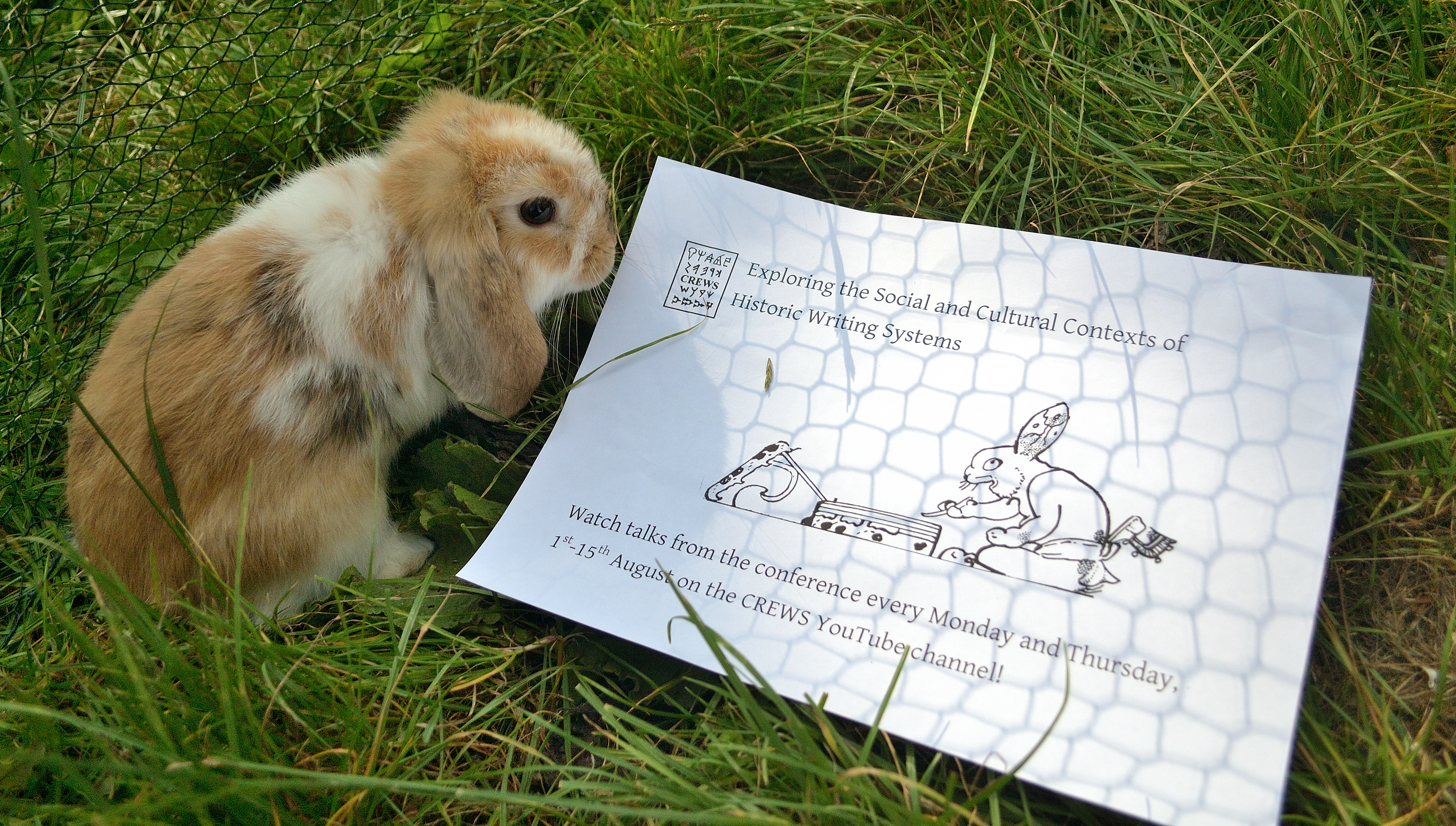Hello, I am Olena Mudalige. I am a second-year PhD candidate at the Kharkiv State Academy of Design and Arts, studying Design. I previously completed a master’s degree studying art criticism and graphic practices and have qualified as an art critic and lecturer. I have come to the UK under the ‘Homes for Ukraine’ programme after leaving Ukraine on February 24 2022 and have become affiliated with the CREWS project through the European Research Area for Ukraine (ERA4Ukraine), https://euraxess.ec.europa.eu/ukraine scheme. I’m currently interested in the origins and early forms of writing and in the history of study of writing in the ancient world. Today I want to write a bit about different graphical traditions in Roman writing.
The small number of surviving Latin inscriptions is explained by the fact that they were applied to marble only in the second half of the 1st C. BC. Prior to this, inscriptions were applied to tuff and limestone, which were prone to erosion from wind and rain. Inscriptions were erected on public buildings, triumphal arches, columns, tombstones. They were a reflection of the cultural aspects of the history of Roman society and a means of public and solemn representation of the Roman Empire in a vast territory from the British Isles to Egypt, from Gibraltar to the deep regions of Asia.
The widespread use of writing in ancient Rome, the high percentage of the population which was literate, the growth of libraries, the opening of enterprises for correspondence and distribution of books, public readings – all this contributed to the development of the art of beautiful writing and the emergence of the profession of ‘font master’.
Continue reading “Fonts in the Epigraphic and Manuscript traditions of Roman Antiquity: Guest post by Olena Mudalige”



